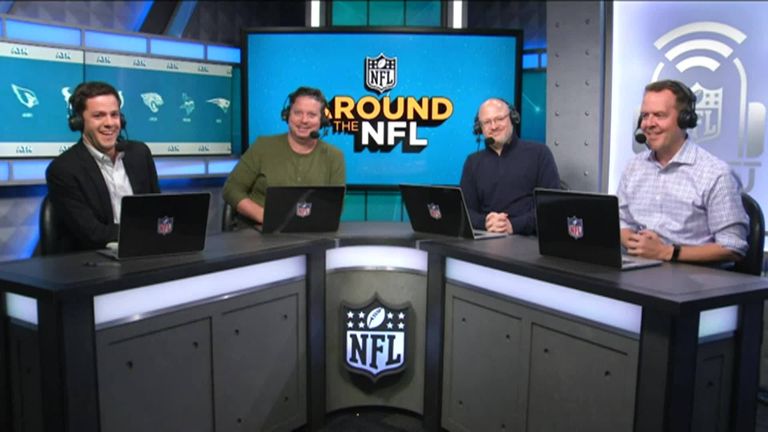

It is speculated that the cup was intended for use in church services and ended up in the hands of the Vikings either as loot stolen from a monastery, or as tribute paid to the Vikings by English powers. The most eye-catching decorations on the bowl are the running animals: two lions and four beasts of prey. The elaborately decorated bowl is arguably the most spectacular object of the hoard and is believed to have been made in continental Europe, possibly France, during the middle of the 9th century AD. The Vale of York Hoard cup was in fact a gilt silver bowl, about the size of a small melon, within which the hoard had been placed.

( Yorkshire Museum ) York Hoard Contents: Distant Dirham Coins and Hacksilver So I picked this round thing up, and put it on top of the ploughed land, I put my glasses on, and I looked at it, and I could see all these animals on the cup, and all these bits of silver in the top.”Ī closeup image of the Vale of York Hoard gilt silver cup dated to the 9th century AD and possibly made in Carolingian France.

It fell into the bottom of the hole and I thought, ‘Oh dear, I’ve found an old ball cock, I’ve got a lead cistern with an old ball cock’. I dug down a bit more, and I kept going, and I get more lead, more lead, and all of a sudden, this round thing fell into the bottom of the hole - came out from the side, so I'd actually just missed it. “This time we were there about ten minutes and that’s when I got my signal - the big one! I started finding lead at first. ”ĭavid continues the story of their discovery as follows: It was a field that we wouldn't normally go in because we've never really found anything good in there, we tend to find dozens of Victorian buttons, but it was either that or go home. “It was a typical dreary January day, in a muddy rough ploughed field. Their find on that winter morning, however, must have been beyond their wildest dreams. At that time, the pair had been metal detecting for the last five years as a hobby. In January 2007, David Whelan and his son, Andrew, a pair of metal detectorists from Leeds, were metal-detecting in a field to the south of Harrogate, in north Yorkshire. ( Yorkshire Museum ) The Vale of York Hoard: Discovered In 2007 By Father and Son The Vale of York Hoard contained a fair bit of hacksilver, which are silver objects that have been fragmented into weighted pieces of silver bullion, a well-known Viking currency form. The Vale of York Hoard is known also as the Harrogate Hoard, or the Vale of York Viking Hoard. Its significance is further bolstered by the fact that it was jointly acquired by the British Museum and the York Museums Trust. The Vale of York Hoard is viewed as one of the most significant Viking discoveries in the UK in the last 150 years. The objects in the hoard are from a variety of places, reflecting the international cultural contacts that were in existence during the Medieval period. The hoard, which consists primarily of silver coins, was discovered by a pair of metal detectorists in 2007. The Vale of York Hoard is a Viking hoard dating to the 10th century AD.


 0 kommentar(er)
0 kommentar(er)
